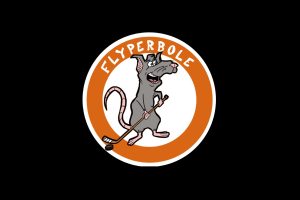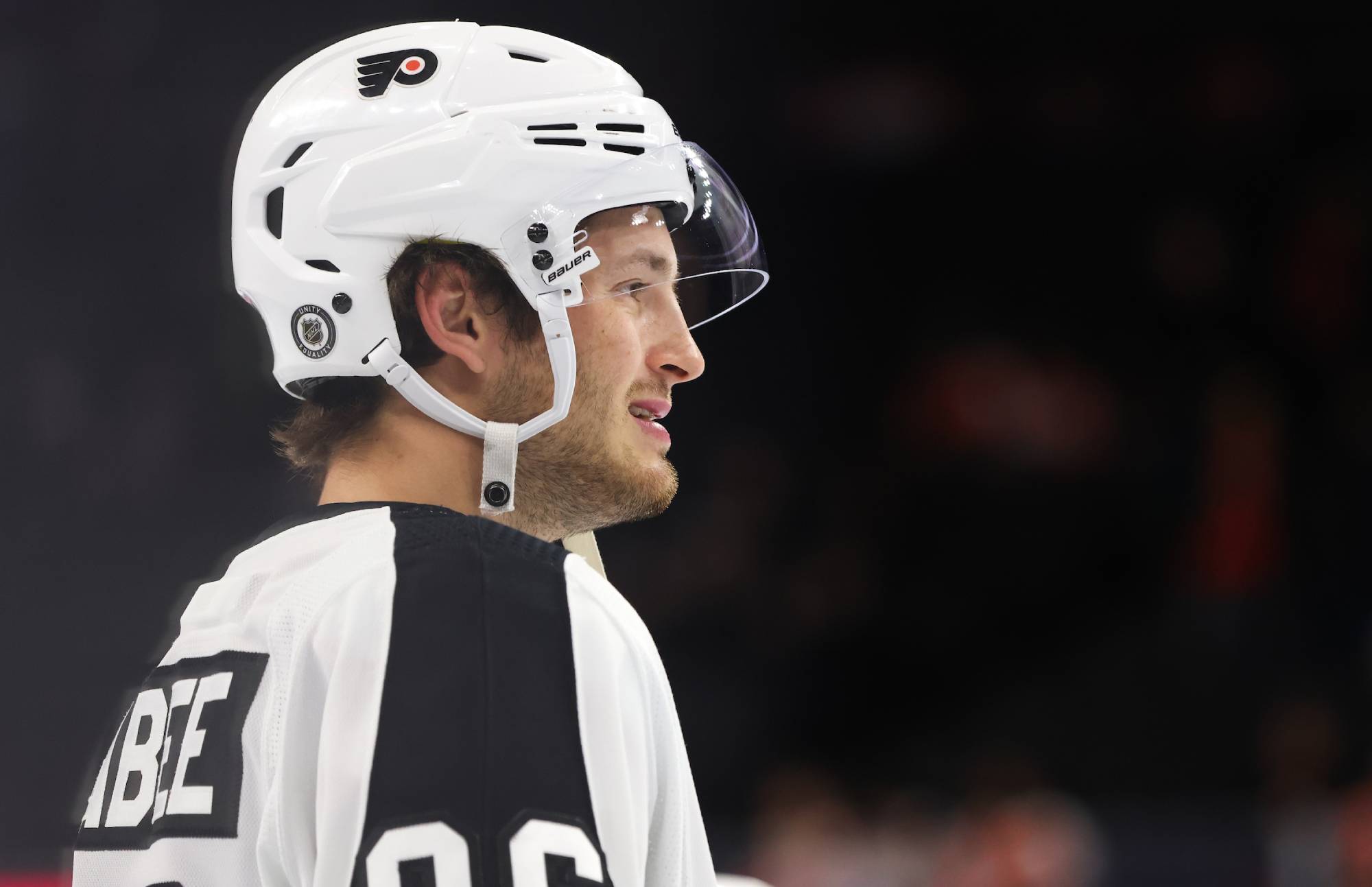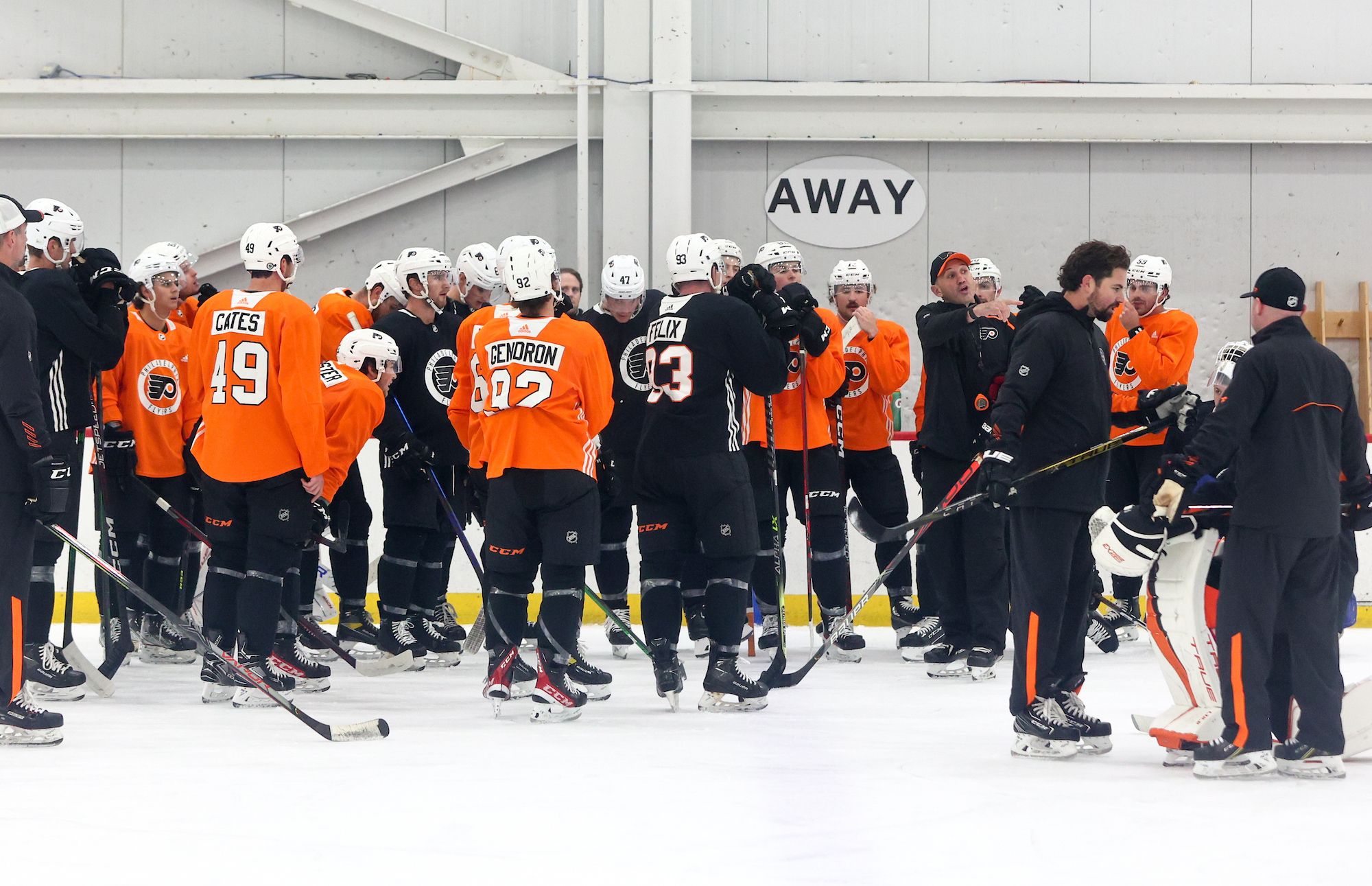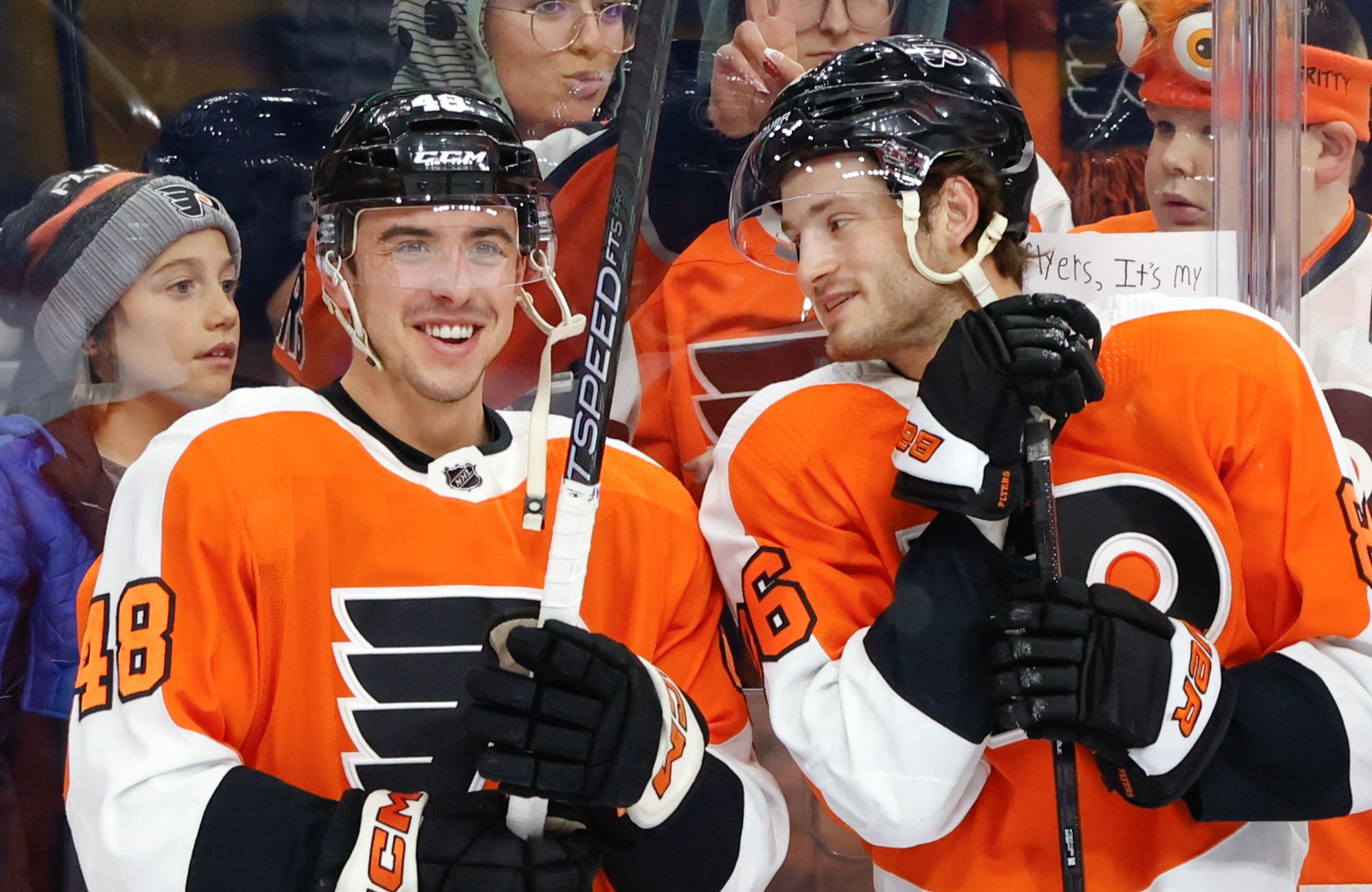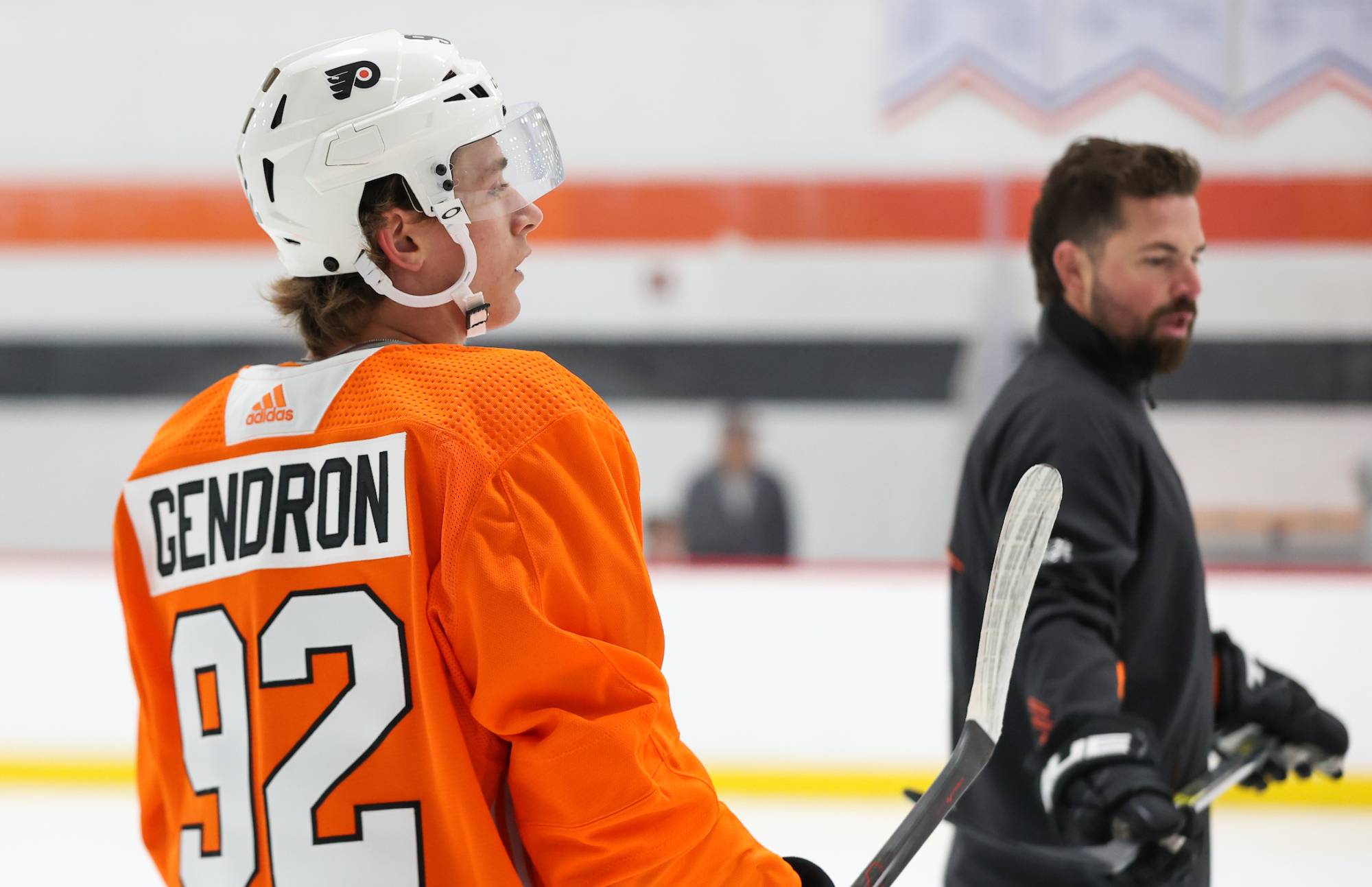Over the past five years few teams have had the success that the Chicago Blackhawks have had. They’ve finished the regular season as the second, first, tenth, thirteenth, and third best team in the entire league over the past five seasons. And that also includes two Stanley Cups.
So when Stan Bowman, the General Manager of the Blackhawks, said the following on TSN 1050 back in December, I found it to be quite interesting:
“We’re not really interested in playing in the free-agent market going forward, if we can avoid it”
I might argue that that statement from December differs even from this one in July:
“I’ve always had the philosophy that if you’re relying on the free agent period in July to save your team, that’s probably not the prescription we’re working for. Adding a player here and there is certainly understandable, but the way to build success and sustain it is to draft and develop your own players, and add in the occasional player through free agency. If I had my choice, I would do it the way we’ve done it recently: develop from within, have your young players emerge over time, don’t rush them to the NHL and use the draft and development of your players as the way to find the good players. Fortunately, we’ve been able to do that, and when we do find a group that’s had success, we’re able to keep it together like we have this summer. I think it’s the most prudent way in the salary cap world to be able to sustain success.”
Stan Bowman went from not wanting to be “relying on the free agent period” to “not really interested in [it] going forward”. Perhaps some of this past offseason’s free agent signings have soured him even further.
If we look back at the Flyers’ recent big ticket free agent signings it’s been average at best. I’d like to break these out into pre-current CBA and post-current CBA as I think the new CBA has some new lexicon that makes free agency even less appealing/advantageous.
Daniel Briere – 8 years, $52 million
Scott Hartnell – 6 years, $25.2 million (traded for his rights before signing)
Kimmo Timonen – 6 years, $38 million (traded for his rights before signing)
Ilya Bryzgalov – 9 years, $51 million (traded for his rights before signing)
Timonen is a pretty clear win in that he still remains our best defenseman even after that contract having expired. Hartnell was a bit up and down, and probably was considered borderline untradeable for periods of time in that deal. Briere was fantastic for a while but quickly faded and the Flyers were ultimately saved by the new CBA’s compliance buyouts. And Bryzgalov … yeah … compliance buyout that couldn’t come quickly enough. Imagine if those compliance buyouts didn’t exist; the Flyers would be in some major trouble.
Fast forward to this past offseason, the first in the new world of the current CBA. Even if free agency was a very strong option, the Flyers have lost many of the advantages they used to have as a “rich team”.
Contract variability prevents the Flyers from dramatically front-loading contracts like they did with Briere, Bryzgalov, and to a lesser extent, Timonen. They can no longer entice free agents with large amounts of cash early in the contracts.
The “Wade Redden Rule” prevents teams from burying bad contracts in the minors now. You know, like the Flyers regularly did with Michael Leighton, Matt Walker, Randy Jones, and Andreas Lilja. The Flyers used to always be able to flaunt their money by sending someone down, paying them their money, but at least seeing cap-savings. Not anymore.
So what did the Flyers do this summer? They signed the following unrestricted free agents:
Mark Streit – 4 years, $21 million (traded for his rights before signing)
Vincent Lecavalier – 5 years, $22.5 million
While I was a fan of the Flyers offseason at the time, these two signings are not looking particularly good. Streit has been better lately but overall has been average at best at age 36 with three more years to go. Lecavalier started off pretty well but has been borderline terrible since returning from his injury. He’s already 33 with four more years to go.
It’s unlikely that these two will be getting better with age, and as I alluded to above, the Flyers have limited options in getting out from these contracts should they ever want to. They can’t stick them in the AHL and they don’t have any more compliance buyouts. Their options are a traditional buyout, or trading them, which is unlikely without retaining salary in a trade. Both options ultimately result in “dead cap space”.
The Flyers aren’t alone here either. Part of the reason I kind of liked the Flyers’ offseason was because I thought the Streit and Lecavalier contracts weren’t as terrible as some of the others.
David Clarkson – 7 years $36.75 million
Ryan Clowe – 5 years $24.25 million
Mike Ribeiro – 4 years $22 million
Daniel Briere – 2 years $8 million
Stephen Weiss – 5 years $24.5 million
The fact of the matter is, more of the big-money free agent contracts look like busts than not nowadays. Perhaps Stan Bowman saw the market this summer and decided that he no longer is just trying to “not rely” on it, but rather…he doesn’t even want to touch it.
As a Flyer fan, I must admit I hope they take a similar approach. The good news is, the Flyers are pretty committed to this current roster at the moment. Any changes are likely to come through trades, and if the alternative is dipping into free agency, that’s fine by me.




